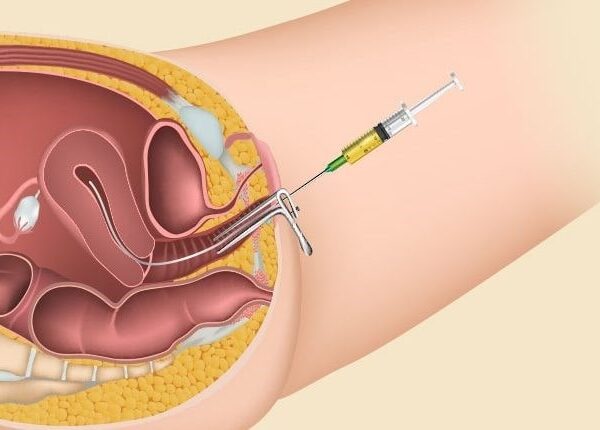Humans are made with body structure or parts that enable them to perform many things in life. It enables many body movements required and also offers stability to the human body. There are many diseases as described in the medicine field that can affect a lot of people of any age. Some diseases are caused by certain conditions whereas some may exist spontaneously. One of the diseases that may or may not be caused by an injury is a slipped disc. Discectomy is one of the treatments commonly used to treat this disease. The question is, can you fully recover from a discectomy?
Before answering that, you may want to know a bit more on slipped disc and discectomy first. Slipped disc refers to the fragment of the disc that is forced through the spine and pushed out. Discs can be found between each vertebra of the spine. The function of the disc is to cushion the spine by absorbing the impact or shock from daily activities. Slipped discs occur when there is tear to the annulus (outer ring covering the disc) and the nucleus pulposus inside (internal jelly-like) is pushed out. Pressure on the spinal cord and nearby nerve roots are pressed onto.
Slipped disc may also be known as a herniated disc. Herniated discs occur at an early stage of degeneration. Degenerative processes occur as a person ages. This process leads to the nucleus pulposus weakens due to less water content. Disc shrinkage occurs at this point and makes narrow spaces between the vertebrae. Slipped discs may also occur as a result of trauma. Other causes include connective tissue disorder and congenital disorders causing the pedicles (bony parts of vertebral bone) become short. It can occur in any part of the spine but most commonly in the lower back (lumbar spine) and neck (cervical spine).
Slipped discs can be found in 5 to 20 adults. It is most common seen in patients ages 20 to 60 years old. 95% of these patients have herniated discs in the lumbar spine. It is estimated that 60 to 80% of people will experience back pain in their life. Herniated disc is among the common reasons behind back pain.
There are risk factors of which a person has it, which makes them have a higher chance to develop a herniated disc. Improper lifting especially heavy objects or twisting while lifting can cause herniated discs. Repetitive activities such as lifting, pulling, twisting and bending can strain the spine, making it vulnerable to disc damages. Inactive lifestyle of not moving much may also contribute to slipped discs. Frequent driving can put pressure on the spine despite the revving engine vibration. Research shows that having a family member with a herniated disc may actually make a person vulnerable to the condition.
Most cases of herniated disc start with back pain. It may be a backache or in some cases with no pain at all. Pain can last a few days and improve on its own. Pain can be described as a sharp or burning sensation when it is provoked by activities such as lifting or twisting. Some may even experience numbness and tingling due to the nerve root affected. In severe cases, weakness and loss of bladder or bowel control can occur despite being rare. These are among the common symptoms of slipped disc but specific symptoms depend on the affected area such as herniated thoracic spine presented with cardiovascular abnormalities.
Treatment for slipped discs is often taking rest and anti-inflammatory medications. Physical therapy may benefit from easing pain and improving range of motion. Patients are often asked to maintain painless activity for a few days and weeks to allow inflammation of the spinal nerve to subside. However, bedrest is not recommended. If pain is unable to be controlled with anti-inflammatory medications, steroid injection may be given.
If all of these treatments are unable to provide improvement, doctors often recommend surgery. One of the main surgeries is discectomy. Discectomy is also known as spinal decompression surgery. It is a surgery that removes the herniated disc to relieve pressure on the spinal nerves. The removal could be partially or entirely of the slipped disc. Discectomy can be either an open discectomy or microdiscectomy.
Those planning to undergo a discectomy may be wary of their recovery process or what to expect after the surgery. Fully recovery can be expected within one month but some may even take longer. With microdiscectomy, total recovery can be expected within 6 to 12 weeks but this may be different with open discectomy as the incision is larger and healing time is longer. One thing for sure, patients should gradually increase their activity and fitness level with avoidance of heavy lifting for a month after the surgery.
It can be concluded that slipped discs are a common condition in adults and older people. Most people will experience pain in the slipped disc area. Conservative treatment such as medication and physical therapy is able to help most patients. Surgery is the last resort for treating herniated discs.





